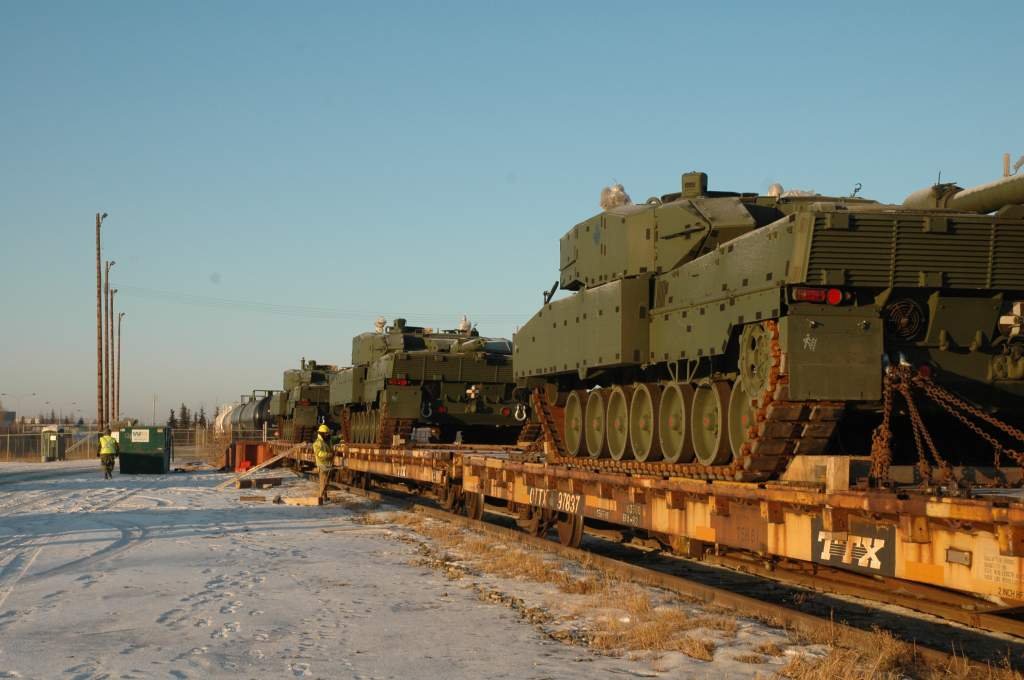It has a lot of sense.
Hull ammo in T-72/90 is huge width target possible to hit in all angle - without direct front when hull frontal armour protect -but it's only from +/-15 degree from hull axis. And it's all. Hull side protection is amoust not existing: 3 ERA pannels + 80mm RHA on turret sides.
In Leo-2 and Leclerc hull ammo is in one place hidden after frontal hull armour. It's "short" target.
I will comment again
First, what does it mean, that a penetration without hit in ammunition will not neutralise the tank ? And here you try to represent the situation only in one picture, and it is completely wrong, first because you did not understand function of ERA and steel sides, second because there is no perspective which accounts for height, in short, this is completely useless.
I will give theory, this is tenth time I post this
ПОДХОД К БРОÐИРОВÐÐИЮ БОРТОВОЙ ПРОЕКЦИИ ТÐÐКРabout side protection, Function of these ERA screens
is to provide protection against HEAT and APFSDS for 23 degrees (former is even more, latter now is reduced, but still). This is only for conventional warfare, in Caucasus conflicts and similar configuration is this
What does Leopard 2 hull have ? Nothing of this sort, completely vulnerable hull for anything more than 10 degrees front against APFSDS and HEAT, no difference.
What features?
3 ERA pannels on T-90 (Ob.188, Ob.188A1/A2)? It's all.
Modern APFSDS (DM53,DM63, M829A3, M338) wilt pass those ERA loosing ony circa 8% of it's capabilities. It's ineffective. And after that we have only 80mm RHA plate. For 30. degree is 160mm RHA for 20. circa 200-240mm
Read, you should understand it is about ricochet property, not about angled thickness. For ХМ946 APFSDS for american XM291 140 mm gun, with lenght of 870 mm, diameter 24 mm l/d ratio 36.2 and initial velocity of 1800 m/s ricochet angle against 70 mm steel + ERA is 9 degrees (from surface), against current 120 mm it is more than 10. For Leopard 2 passive side it is not significant.
Second is real perspective, autoloader placement
It is placed in much safer situation on floor of tank of already low siluette, part covered by terrain and lower than line of fire of enemy, uncomparably less exposed and better protected, with ERA. Now Leopard 2 hull storage
It is much more exposed, higher and part is covered by lower part of glacis, so no talk about total frontal armour coverage
In reality Leopard 2 does not have a succesfull ammunition storage, only 15 main rounds are available and safe for crew, thought exposed, rest are placed in dangerous hull zone, and this is in some aspect primitve, because turret must be rotated to perform loading from them, exposing vulnerable zone in combat and disrupting engagement. Last such soviet tank was T-62. It is worse than Abrams or Leclerc which store greater amount of ammunition in safer and better protected turret bustle. T-72 or T-90 placement is not ideal, but more suitable for combat, and if only autoloader is used it is way safer than Leopard 2, there is also option to move additional ammunition to isolated storage behind turret, no such option for Leopard 2 limited only to 15 rounds.
It's not true. HEAT (SC) have very mercy for crew and tank behind armour effect - to ignit ammo is necessery direct hit into catrige. And it was proven sevral times. I even not mentioned insensitive DM63 and russian ammo (Yes in Russia is insensitive HE-FRAG and other - those ammo had been used during second chechenia war).
Posibility to hit hull ammo is sevral times bigger in T-72/90 then in Leopard-2/Leclerc. Hull ammo is palced in any T-72/90 hull space, in western mentioned tnaks - in ONE place next to frontal armour.
And behind armour effect for SC ammo will not ignite ammo in leo-2/Lelcerc if jet don't hit ammo rack. The same on T-72/90- but posybility to hit those ammo is sevral times bigger in T-72/90 case 4xtimes bigger voulmen taken by ammo in T-72/90 hull then in Leo-2/Leclerc.
In case APFSDS - agree, behind armour effect will kill the crew.
It is wrong, effect does depend on after armour penetration, if it is only residual of less than 100 mm then danger will be not fragments but limited to noise and some overpressure, that is why tanks in conflict with ERA where able to withstand several penetrations. If it is serious effect it is much more dangerous, less sensitive propellant is effective on certain margin, with greater presence of fragments of more powerfull penetration can ignite them, not talking about APFSDS effect. Of course wheter hit is direct on ammunition or in close proximity it does matter.
And those bullshit is taken from what accually?
Exposed turret bustle and weak passive "protection" of hull side which cannot provide protection against HEAT or significant ricohet angle.
[/QUOTE]
This is nothing which could tell about protection, in material and in perspective.















